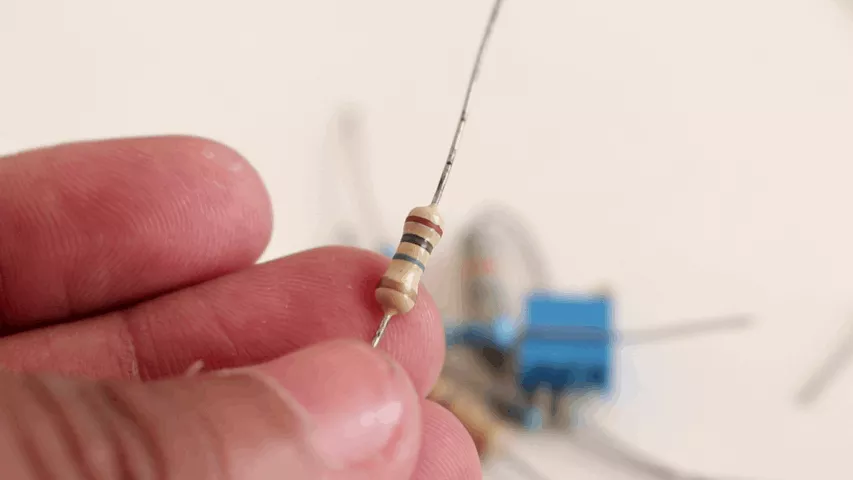Note: Cell is an individual component that provides voltage like a AA cell used in clocks, while battery means cells connected in series or parallel.
Learn how batteries behave when they are connected in series or parallel configuration.
Batteries are the most commonly used power sources for our electronic projects ,in this article we will learn about how batteries act when they are connected in series or in parallel configuration we will discuss by making different scenarios so we can have better practical knowledge about this.
Batteries in series :
Case 1 same voltage batteries :

There we have two cells/ batteries connected in series configuration and each cell or battery has same voltage.

For more practical understanding now we have two batteries of 3v and they have same voltage. Because they have same voltage now there voltages will be added:
3v+3v=6v
Now this configuration will act like a 6v battery and the voltmeter will read 6 volts. One more thing to notice here is that the battery will provide same current as single cell could provide. The battery can provide double voltage with same amount of current output.
✔ This is the proper way of putting batteries in series configuration.
★ More batteries can be connected for getting more voltage.
Case 2 same voltage and same capacity batteries :

This time we have same voltage batteries also of same capacity so they will act like a 6v battery of 2000mah capacity.
✔ This is the recommended way of making battery packs.
★ More batteries can be added to increase the voltage of the pack.
Case 3 same voltage but different capacity batteries :

Now we have same voltage battery but both have different capacity one is 1000mah while second one is 2000mah.
In this scenario the battery will act like a 6v battery but, there is a catch when battery is loaded the battery with lower capacity will drain fast and will start to bottleneck the other cell.
So, in simple words the battery with higher capacity will only provide 1000mah and the rest of 1000mah will stay unused.
If cells won’t have any over-discharge feature they will be drained completely to 0v.
✘ This configuration is not recommended, it should only be used when you are in some situation and more voltage is required.
Batteries in parallel :
Case 1 same voltage batteries in parallel :

There we have two battery and they have same voltages.

This is more practical example where we have two 3v batteries connected in parallel configuration. The voltmeter will read a voltage of 3 volts.
Case 2 same voltage batteries same capacity :

This time batteries have same voltage along with the same rated capacity. This way if we parallel the batteries we will get a 3v 2000mAh battery. Capacity will be doubled but voltage will remain same.
Most important thing to notice here is now the battery can actually supply twice as much current then a single cell/battery could supply. They will also drain equally when used.
✔ More batteries or cells can connected.
✔ It’s recommended and also safe for making battery packs.
Case 3 same voltage batteries but different capacities :

This time batteries have same voltage but different rated capacities. This way if we parallel the batteries we will become a 3v 3000mAh battery. Their Capacities will be added but voltage will remain same.
Now the battery can actually supply more current then a single cell/battery could.
They will drain equally {partially} and if the lower capacity battery drains fast actually the higher capacity battery will charger it and they will maintain a constant voltage. Quite interesting though…
✔ More batteries or cells can connected.
✔ Somewhat okay but still not really recommended but it’s safe for making battery packs.
Case 4 different voltage batteries :

☠ Very Very Dangerous ” Path to fire ,smoke and heat! “
☢ WARNING do not try!

Caution
✘ Absolutely DO NOT TRY at all. When you connect the batteries together the high voltage battery will try to push more current to lower voltage battery ,and it will also overcharge the low voltage battery. Tremendous amount of current may flow depending on the batteries voltage and capacity. It may end up burning wires due to high current flow also may induce heat ,arcs ,fire and most dangerously BLAST…
Yes, battery/batteries may BLAST.

You will end up damaging the batteries , lower voltage battery will die first then it may also affect the higher voltage battery too.


